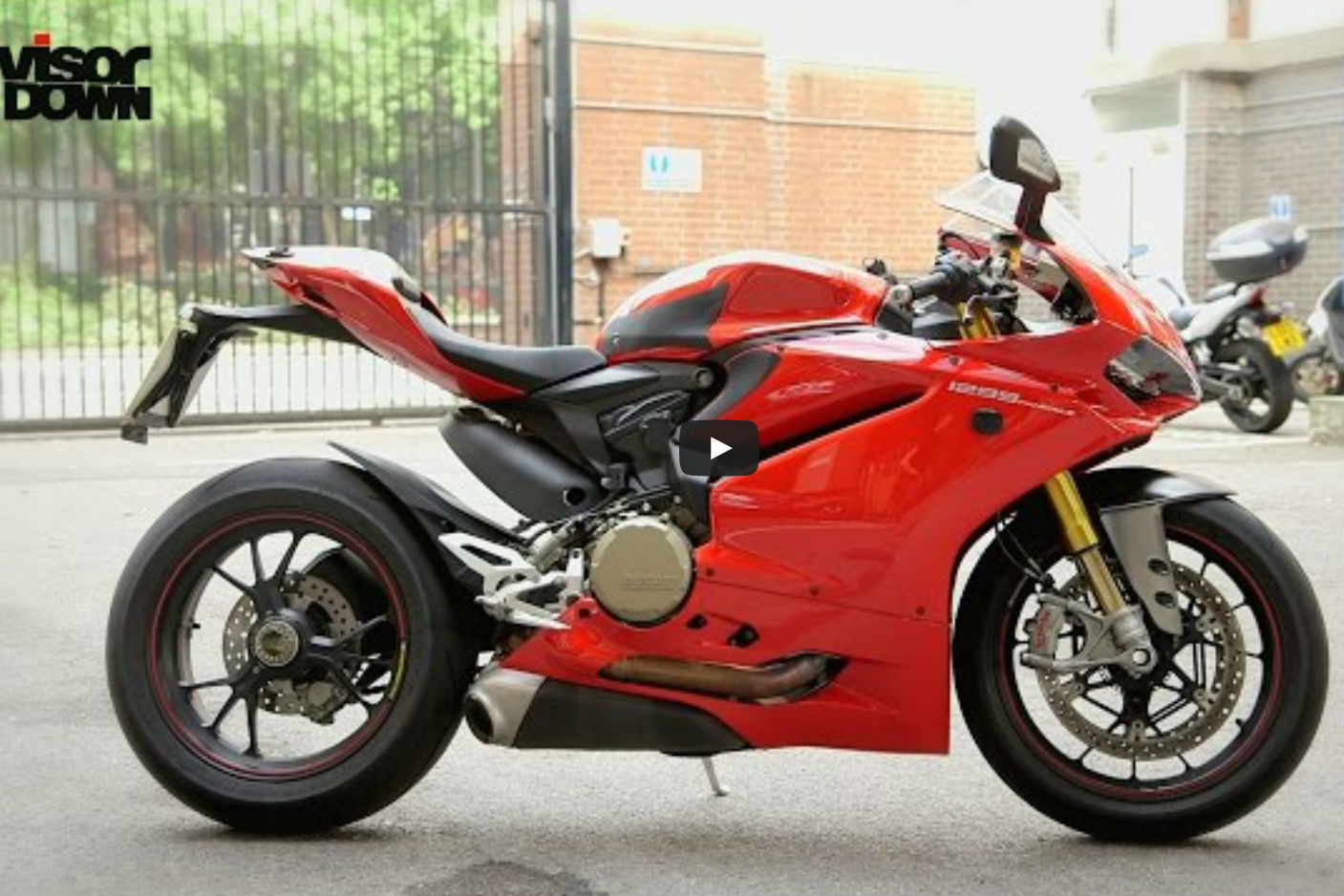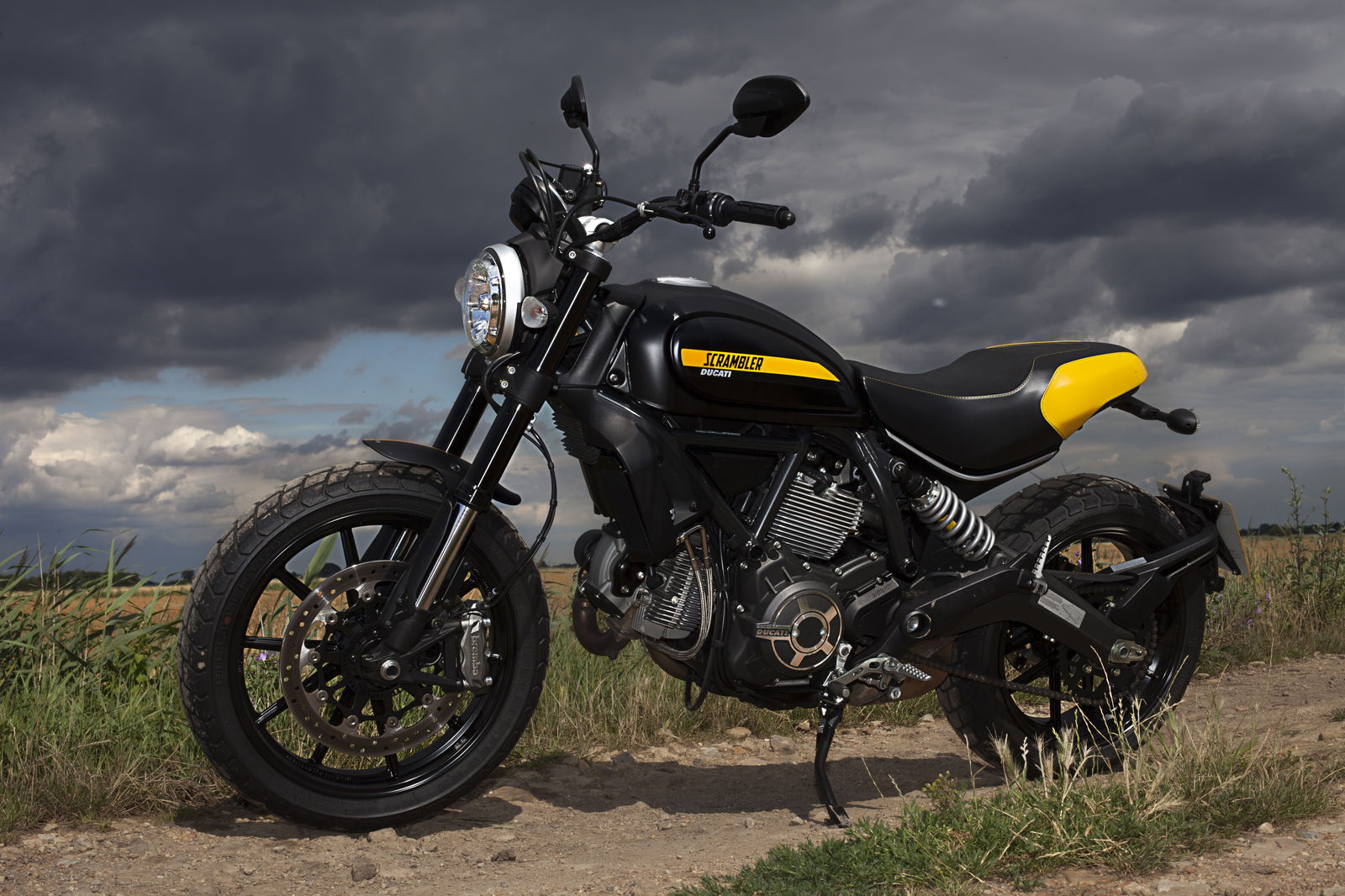First ride: Suzuki Bandit 1250S review
At £7,299 the Bandit 1250 could be the steal of the century


IF there is a motorcycle on the market that promises better value than the Bandit 1250S, I don’t know what it is.
Four cylinders, 1,255 cubes and 80lbft – that's not far off superbike territory – for £7,299 plus on-the-road charges. There is no other proposition quite like it at the price. It would have to be pretty bad to not warrant a recommendation.
And we already know the Bandit 1250 is not bad because it has several years of production not to mention a bit of a cult following behind it. It was first introduced in 2007 to replace the 11-year-old air-cooled Bandit 1200, granddad of the modern naked muscle bike. To the disappointment of many, Suzuki inexplicably dropped it in 2012. This year, in a moment of marketing clarity, the firm reintroduced it.
It returns with the same engine and styling updates including a redesigned nose fairing that now wraps around the sides of the radiator. It’s got new vents below the headlights and has been wind-tunnel tested for improved aerodynamics and better wind protection for rider and pillion according to Suzuki. It may not amount to a whole lot of change but that doesn’t matter, because the Bandit has also come back cheaper than ever. According to Suzuki it was £7,555 when last on sale in the UK, £256 more expensive than it is now. It returns bearings gifts.
I suppose you could argue the model has never left Suzuki’s line-up because the GSX1250FA is essentially a fully-faired version of the same machine, with hard luggage and a higher price of £7,999. In that case an entry-level Bandit just got £700 cheaper.
How can Suzuki do it? I was worried the answer to that question would reveal itself in spongey brakes or bouncy suspension. I suspected the Bandit would feel left behind by 2015 standards.
But I still don't have the answer: everything about the Bandit 1250 seemed better than I had predicted. The suspension is soft-ish but well-enough damped, offering a mix of comfort and composure in proportions appropriate to the machine. The shock is adjustable for rebound damping and preload, the fork for preload only.
The brakes are sharp, with four-pot opposed piston Tokico calipers on the front discs instead of the sliding calipers I might have expected at this price. There’s strong bite at a two-finger pull on the span-adjustable lever.
The bike’s greatest asset is that engine. At 97hp, peak power is in no danger of breaking any records but the Bandit is about big-bore grunt, not peaky top-end. Peak torque is right down at 3,700rpm. It’s delicious between 3,000 and 5,000, lazily fast, with the sumptuous smoothness that characterises in-line-fours. It's not loud but makes a nice, deep four-cylinder sound through that humongous exhaust.
Peak power is at 7,500rpm so there isn’t too much to be gained by revving all the way to the 9,500rpm red-line. The Bandit will go there, more than happily, but there is no peaky encore after that mid-range, just a smooth, linear rise and plateau of drive.
It’s quite a heavy motorcycle, at 254kg wet, and it's never going to feel like a sports bike, but it handles and turns well, responding readily to a bit of counter-steer through the wide bars. Its size lends it road presence.
The bars are also high, and sweep back towards the rider a little, making an upright, very comfortable riding position. Low speed manoeuvres are aided by that natural position while the leverage of the wide bars and a good steering angle help with U-turns. At 825mm, the seat is low enough for an average-height rider to get both feet flat on the ground. It can be lowered a further 20mm by removing and refitting rubber spacers under the seat, with a screwdriver.
On twisty roads the Bandit changed direction with ease but I wasn’t sure quite how far I ought to push it. A peculiarity of the front end, perhaps a result of those high, back-sweeping bars, is that the wheel feels a little far away. I thought the Dunlop Sportmax tyres might grip quite well but the machine’s weight, soft-ish suspension and the slightly remote-feeling of the front end took away some of the feel and confidence needed to rigorously test the hypothesis. It didn’t stop me having fun.

